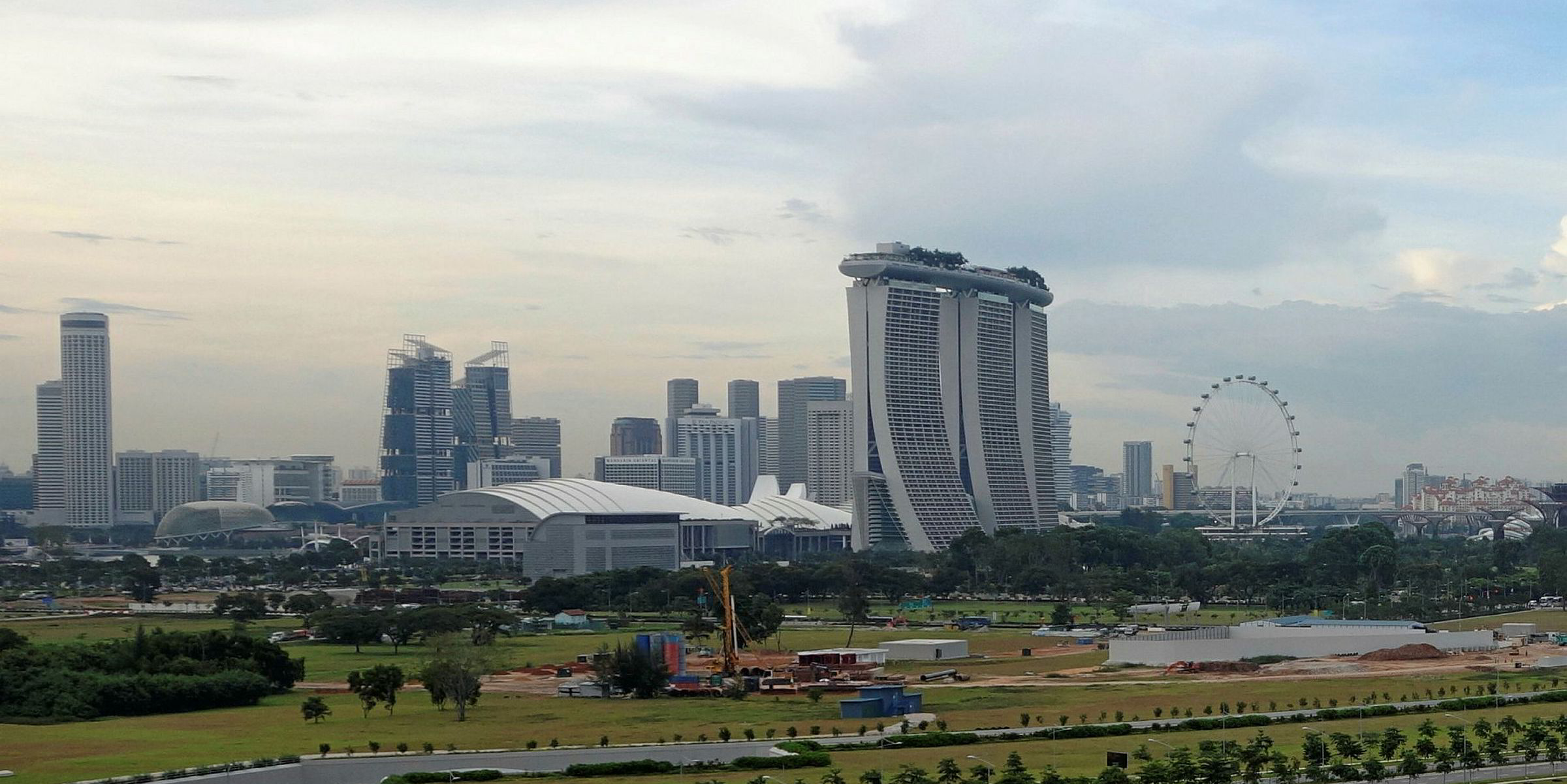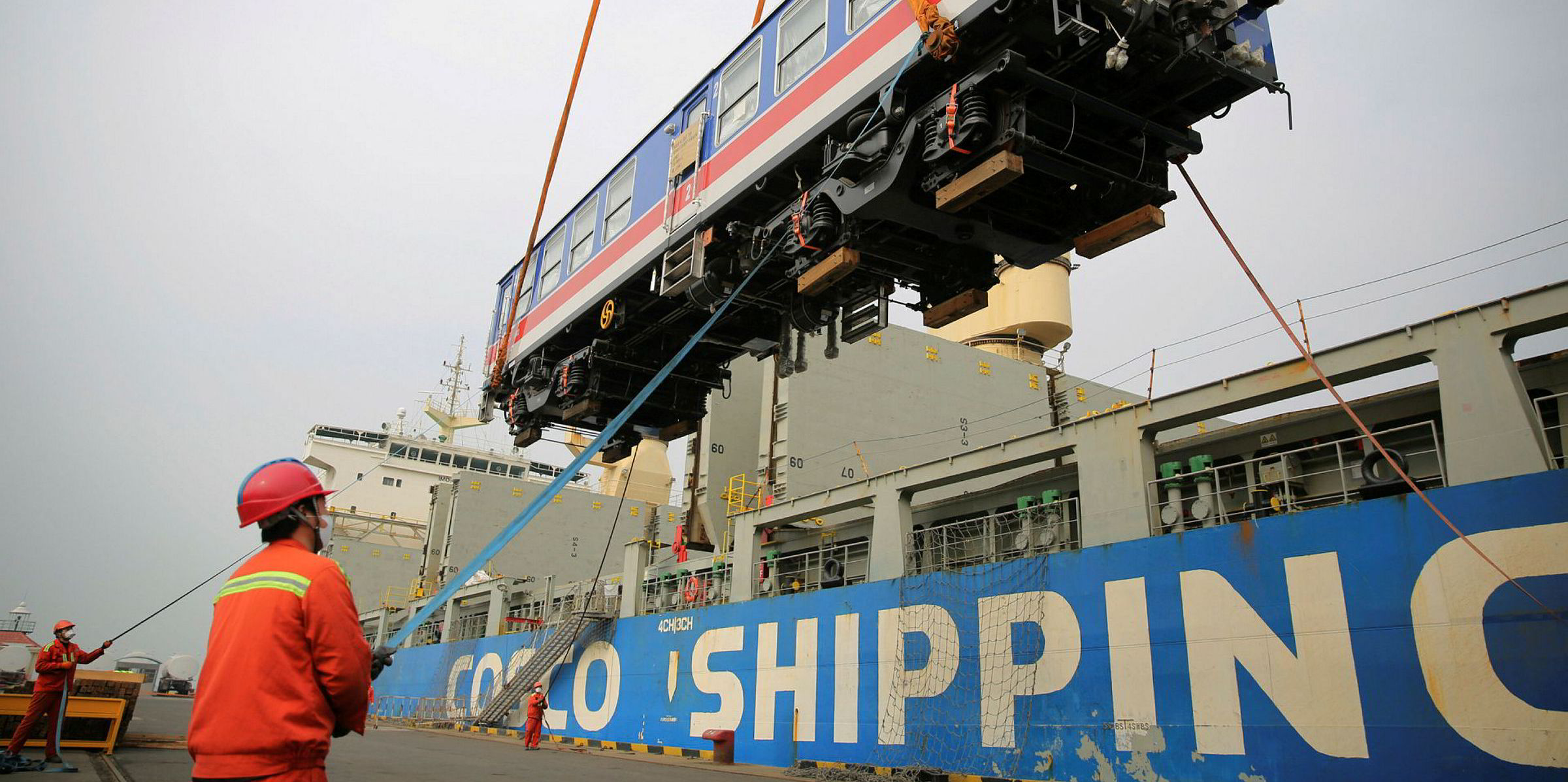People in Asia are getting on with their lives despite severe disruptions from Covid-19.
Demand for shipping in the region may have dimmed but it has not collapsed. Vessels are still needed to carry coal, oil and LNG for power stations, food for the table, and even the toilet paper that everyone seems to crave in times of crisis.
The Asian shipping community has been labouring under the burden of Covid-19 since it first emerged in the Chinese city of Wuhan in December last year.
Although first deemed to be a localised problem, the virus quickly spread throughout China and, by January, was appearing across Asia. Its passage was swift, but so was the response from regional governments.
Containment strategies
China quarantined whole cities and put almost everyone into lockdown. Other Asian countries have followed China’s lead, while others have implemented less severe containment strategies, ranging from social distancing to foreign travel restrictions, enhanced health screenings and encouraging people to work from home.
Singapore, Hong Kong and Taiwan have received international plaudits for the pragmatic and effective way they have handled the outbreak. While they have not contained it completely, they have been successful in stopping the virus from spreading as rapidly as it has done elsewhere in the world — a result of strong disease surveillance and fastidious contact tracing.
The sophisticated infrastructure that these countries enjoy allows many corporate work functions to be carried out remotely. Working from home has become the norm so, while offices may be deserted, business continues to function.
Restrictions in Singapore were tightened on 3 April, when Prime Minister Lee Hsien Loong announced a new raft of restrictive measures in the country’s ongoing fight against Covid-19.
Lee refrained from using the word “lockdown”, but said Singapore would apply “circuit breakers” that would include closing most workplaces, except for essential services and key economic sectors — terms that include port operations, shipyards and bunker services.
But even the best practices can be outwitted by the virus. Shortly after Lee announced his circuit breaking measures, Singapore was struck by a second wave of outbreaks when a cluster believed to have originated at a large supermarket popular with South Asian labourers spread rapidly through the crowded dormitories in which they are housed.
With hundreds of workers testing positive, these dormitories were put under full quarantine and declared isolation areas, thus removing a large portion of the country’s manual labour force, including those who work in its shipyards.
The Covid-19 outbreak has been extremely disruptive for Asian shipowners. The lockdowns and other containment measures have slowed manufacturing and demand for consumer goods. The impact has been felt on plummeting cargo volumes, which in turn have led to a decline in freight rates.
Constantly changing restrictions and quarantine periods imposed on shipping by local authorities — often with almost no notice — have wreaked havoc on schedules. Crew changes have become almost impossible, leading to fears that overstressed seafarers may have a negative impact on vessel safety.
Face-to-face meetings and business travel are off the cards until who knows when.
Crisis mode
With the uncertainty and restrictions, few companies have the appetite to engage in big deals or to proceed with major fleet-renewal or expansion plans. Even just buying a secondhand ship is hard when it is impossible to send a team out to inspect it.
Most companies that TradeWinds spoke to in connection with this report say they are operating in crisis mode. Their focus is to keep their ships moving, to keep their staff and crews safe, and hopefully generate enough income to keep their creditors at bay.
Crewing remains one of their biggest challenges.
Crew rotations have come to a standstill due to lockdowns, movement restrictions, and the lack of airlift. This has raised serious concerns over crew morale and overwork, which it is feared, could affect vessel safety. Despite numerous pleas to industry bodies and government authorities, the situation remains at an impasse and with little chance of improvement in sight.
Although many in shipping have described the impact of Covid-19 as being worse than the 2008 financial crisis, with the exception of one small cruise line in Japan, no Asian shipping companies have gone out of business directly as a result of the outbreak — at least not for now.
Asian shipowners, like their more distant peers, can still expect a rough ride until the coronavirus pandemic is firmly brought under control — whenever that may be.
Country/Region | Lockdown | Ports Status | Crew Changes Allowed |
Australia | Partial | Open | Restricted |
Bangladesh | Yes | Open | No |
Brunei | No | Open | No |
Cambodia | No | Open | Restricted |
China | Lifted | Open | Restricted |
Hong Kong | No | Open | No |
India | Yes | Some open | No |
Indonesia | No | Open | No |
Japan | Yes | Open | No |
Malaysia | Yes | Open | No |
Myanmar | Partial | Open | Unknown |
New Zealand | Yes | Open | No |
North Korea | No | Open | Unknown |
Pakistan | Yes | Open | No |
Papua New Guinea | Yes | Open | No |
Philippines | Yes | Open | No |
Singapore | Yes | Open | Restricted |
South Korea | No | Open | Restricted |
Sri Lanka | No | Open | No |
Taiwan | No | Open | No |
Vietnam | Yes | Open | No |







